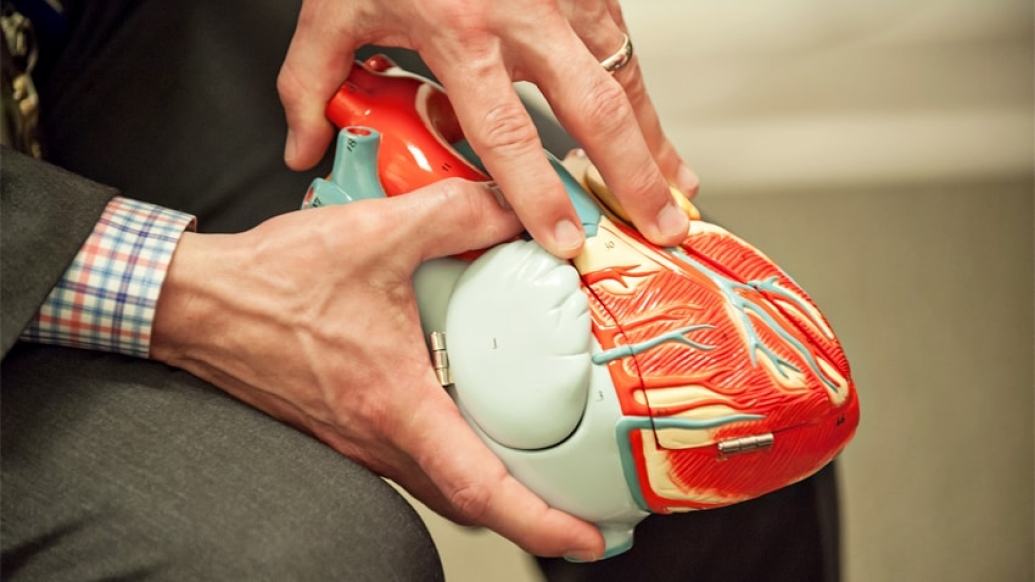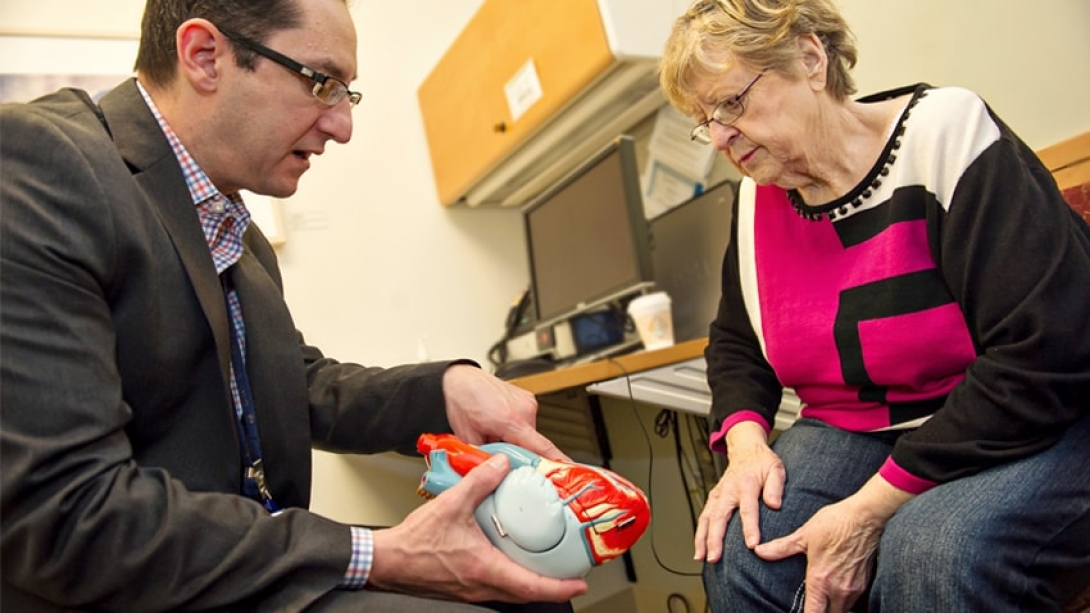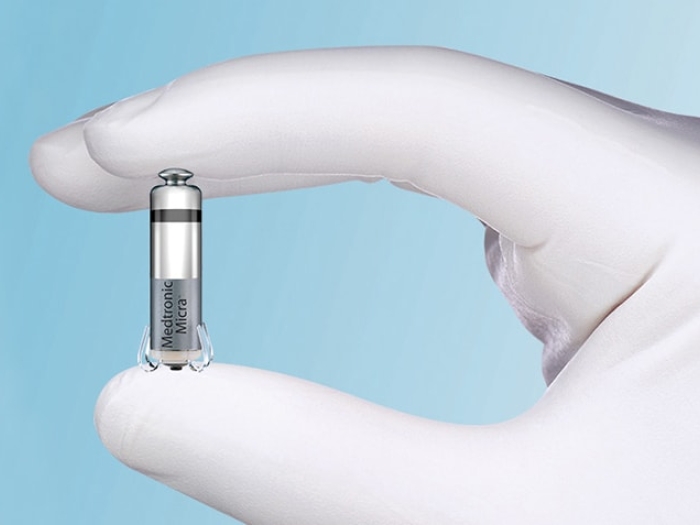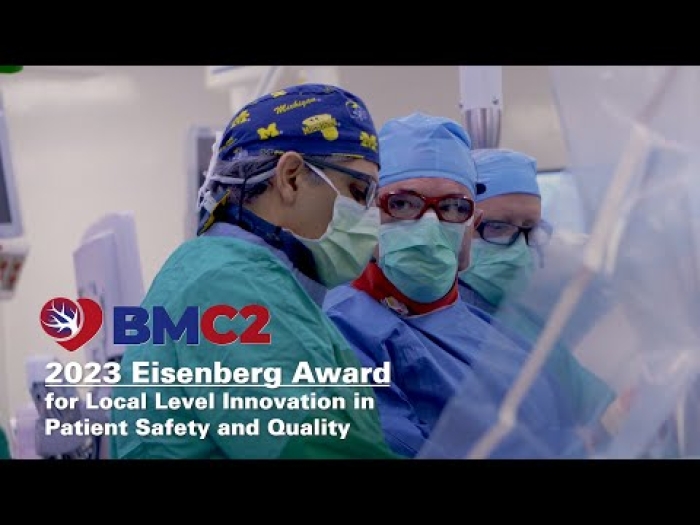For those with a rare form of blood clots called CTEPH, a complex surgery is often the fix when medication fails. A U-M cardiac surgeon speaks about the procedure.
8:00 AM
Author |

Chronic thromboembolic pulmonary hypertension (CTEPH) can cause serious illness and even death. It occurs when clotted blood becomes stuck to the lung's blood-vessel wall, blocking blood flow.
A rare form of pulmonary hypertension, CTEPH can develop after a patient doesn't respond to blood-thinning anticoagulant drugs. But the disease also can be present without a known history of pulmonary embolism.
"Many CTEPH patients have debilitating symptoms, including heart function limitations and oxygen dependency," says Jonathan Haft, M.D., a cardiac surgeon at the University of Michigan Frankel Cardiovascular Center.
For most people, though, CTEPH is curable.
The solution: Pulmonary thromboendarterectomy (PTE), a complex surgery that removes the obstructions in the lung to restore a patient's health.
We have observed highly successful outcomes resulting in many patients' pulmonary pressures returning to normal.Jonathan Haft, M.D.
An intricate surgery
During PTE, a surgeon removes chronic organized thrombus (blood clots) from the pulmonary arteries in both lungs through a sternal incision.
A patient's heart, meanwhile, is stopped to interrupt the circulation of blood and enable the removal of chronic scarred clots and any built-up plaque from the pulmonary arteries. Hypothermic circulatory arrest (brief cessation of circulation under deep systemic cooling) is typically required.
For this reason, only a highly skilled team at a medical center with a proven track record should perform this specialized surgery, Haft says.
Frankel at U-M is currently the only institution in the state — and one of only a few in the region — to offer PTE. The facility sees about 20 CTEPH patients from the Midwest each year.
For those in need, the operation can prove vital.
"We have observed highly successful outcomes resulting in many patients' pulmonary pressures returning to normal," Haft says, citing the "transformative impact" of PTE in improving quality of life.

Who should receive PTE?
The most effective screening test to diagnose CTEPH — and, thus, the need for PTE surgery — is a V/Q (ventilation/perfusion) scan. The nuclear medicine test uses low-risk radioisotopes to detect areas of the lungs that aren't getting enough blood flow.
The test is recommended for pulmonary hypertension patients when the cause is unclear and for those with constant shortness of breath or fatigue. That's because doctors frequently misdiagnose chronic obstructive pulmonary disease or asthma in such patients.
If the V/Q scan is abnormal, the next steps are a CT scan of the chest and a pulmonary angiogram, followed by a right heart catheterization.
If a CTEPH patient is not a candidate for PTE, medical management and balloon pulmonary angioplasty (BPA) are alternative treatments. BPA is an innovative therapy that involves serial dilations of pulmonary arteries over a period of weeks to progressively lower pulmonary vascular resistance.
Also, in 2013, the Food and Drug Administration approved the soluble guanylate cyclase stimulator riociguat to improve cardiac output and reduce pulmonary artery pressure in CTEPH and pulmonary arterial hypertension patients who are not surgical candidates.

Explore a variety of healthcare news & stories by visiting the Health Lab home page for more articles.

Department of Communication at Michigan Medicine
Want top health & research news weekly? Sign up for Health Lab’s newsletters today!





